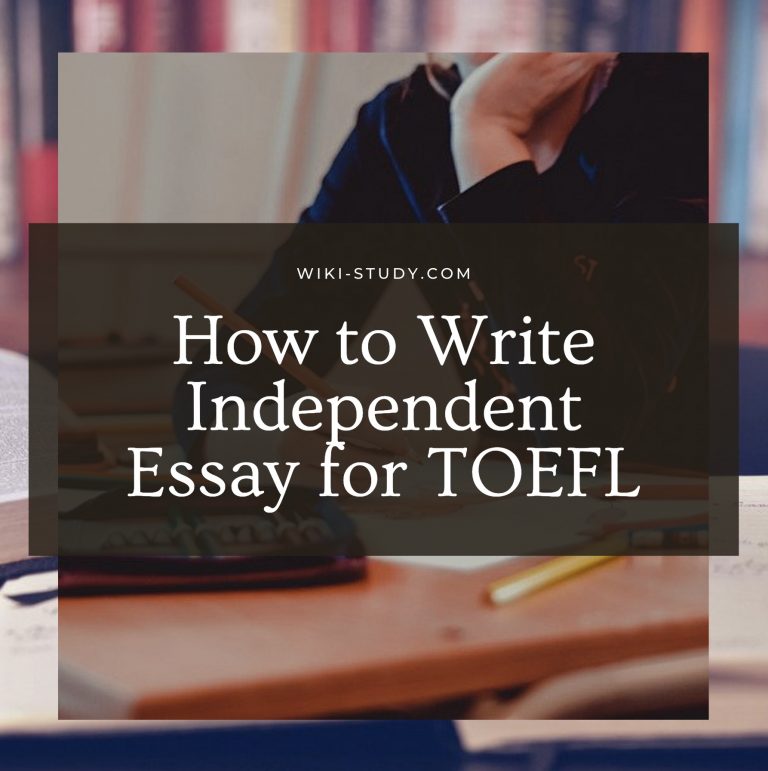Writing an Introduction
The first part of your essay must always be the introductory paragraph. Follow this template:
#Sentence One:
The “Hook” This is an interesting sentence that introduces the general theme or topic of the essay.
#Sentence Two: The Main Point
This is your main argument and direct answer to the question. Start with “Personally, I believe…” or I am wholeheartedly in favor of…..
#Sentence Three: The Transition
Just say: “I feel this way for two reasons, which I will explore in the following essay.”
If you follow this template, your introduction will look something like this:
There are a few things to keep in mind as you write your introduction:
1- Don’t copy from the question prompt when you write your hook.
2- Don’t waste time stating the opposite of your thesis (“Some people might think…”)
3- Don’t copy anything word for word from the prompt.
Writing Body Paragraphs
#body paragraphs
Next you must write two body paragraphs that state your supporting argument and examples. Use this template for your first body paragraph:
#Sentence One: A Topic Sentence
This summarizes your first supporting reason. Begin with “First of all…”.
#Sentences Two to Four: The Explanation
Explain what you mean, without talking directly about personal experience. Shorten if necessary.
#Sentence Five: The Transition
Just use: “My personal experience is a compelling example of this.”
#Sentence Six to End: The Personal Example
An example from your life that illustrates this argument. Make it longer that the explanation part.
This leads to a paragraph like this:
#Use a similar template for your second body paragraph:
#Sentence One: A Topic Sentence
This summarizes your second supporting reason. Begin with “Secondly…”.
#Sentences Two to Four: The Explanation
Explain what you mean, without talking directly about personal experience. Shorten if necessary.
#Sentence Five: The Transition
Just use: “For instance,”
#Sentence Six to End: The Personal Example
An example from your life (or someone else’s life) that illustrates this argument. Make it longer that the explanation part.
There are a few things to keep in mind as you write your essay’s body:
1- Use a mix of simple and compound sentences
2- Emphasize the example. It is the easiest part to write, so make it about 60% (or more) of each body paragraph
3- Avoid very short sentences (less than seven words) and very long sentences (more than 60 sentences)
4- Don’t start sentences with coordinating conjunctions
5- Use a variety of discourse phrases
Writing a Conclusion
Conclusions are easy. You just need to repeat your thesis and your two arguments. Try this short template:
#Sentence One: Restate the Thesis, Paraphrase your thesis. Begin with “In conclusion, I am of the opinion that…”.
#Sentence Two: Restate the Two Reasons
Just use: “This is because, and _.”
1- Paraphrase yourself. Don’t copy and paste from above when you restate your ideas in the conclusion
2- Don’t introduce new ideas in the conclusion
3- Don’t write “This is because of that…”
Final Thoughts
That’s how you write a strong TOEFL independent essay. There are a final few points that are worth mentioning here, of course:
1- Aim for about 380 to 400 words. Write a bit more if need a really high score
2- Use two minutes to plan before you start writing and save two minutes for proofreading when you finish

